A Visual Guide to Wrinkles


Dynamic Wrinkles
You might see them on your forehead when you frown or show surprise or pain. The ones at the outside corners of your eyes when you smile are sometimes called “crow’s feet.” When you change your expression, your facial muscles push your skin together. This makes these small folds.
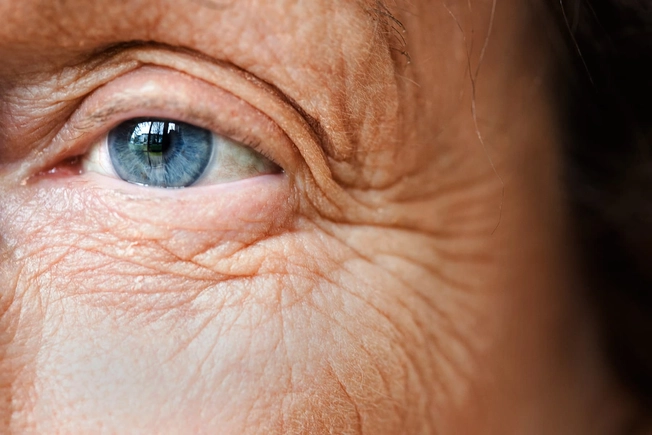
Static Wrinkles
These are the lines left on your face after years of making facial expressions that push your skin together (dynamic wrinkles). They also happen because of damage to the skin from the sun, smoking, or poor general health. You can see them best when your face is at rest.
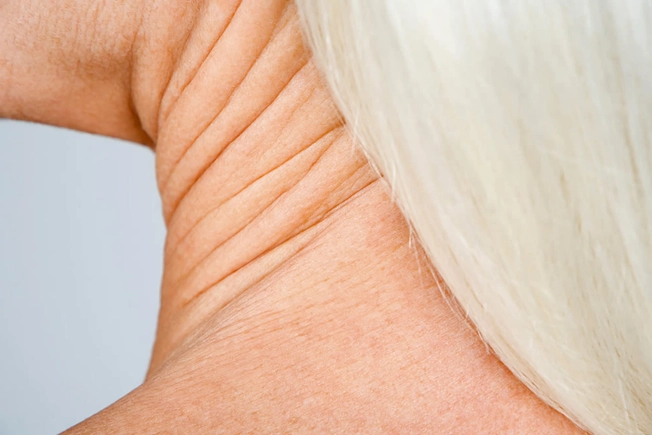
Wrinkle Folds
Your skin gets less springy as you age. It can start to sag at your jawline, which deepens the creases between your nose and cheeks (the nasolabial grooves). It also affects the line between your cheek and chin below your mouth (the melolabial groove). You may get something that’s sometimes called “turkey neck” when the skin there starts to loosen. You also might notice bands of skin (“banding”) around the neck, especially if you’re a woman.
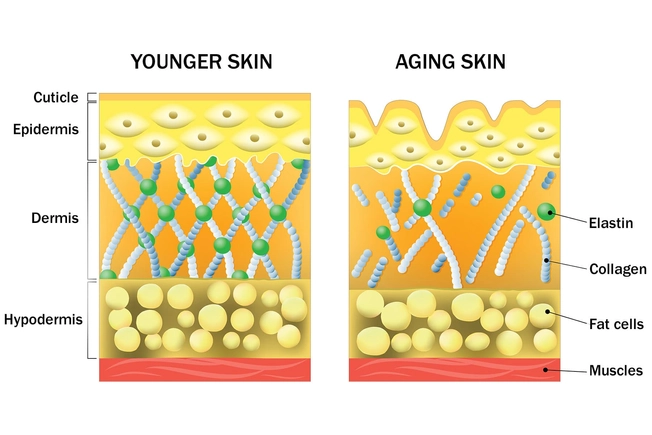
Cause: Age
It’s natural to wrinkle more as you age. Skin cells divide more slowly, and the inner layer of skin (the dermis) thins. Proteins in your skin start to break down. This includes collagen, which supports its outer structure, and elastin, which makes it stretchy.
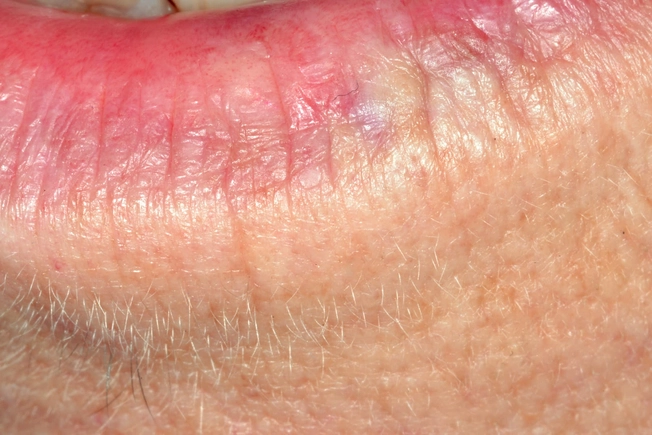
Cause: Sun
You need some sunlight, but too much ultraviolet (UV) light from the sun can damage collagen in your skin. This causes your body to produce too much abnormal elastin. If this happens over and over, your skin may start to thicken. It will develop a rough feel with deep wrinkles and varied color (age spots). Your doctor might call this process solar elastosis.
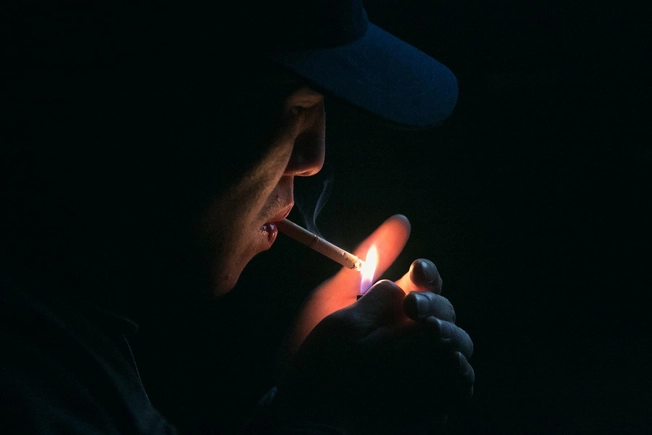
Cause: Smoking
It’s the strongest predictor of wrinkles, besides your age. Tobacco narrows the tiny blood vessels in your skin, which lessens the flow of essential nutrients like oxygen. It also seems to slow the rate at which your body makes collagen. The repeated tensing of the lips to draw smoke can cause extra lines around the mouth. As it does with too much UV light, your skin gets early lines and wrinkles and a leathery feel.
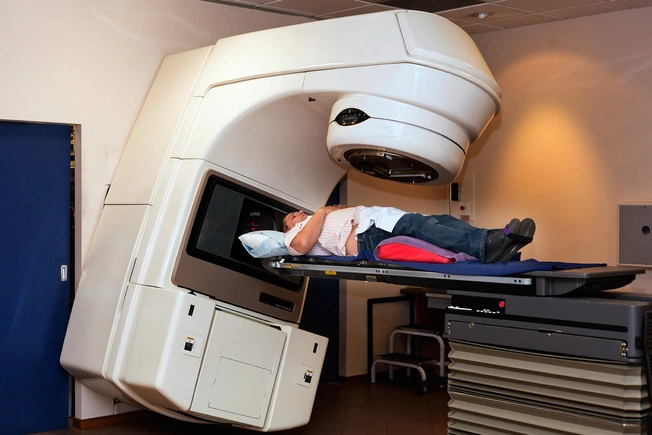
Cause: Cancer Treatment
Radiation therapy attacks cancer cells with atomic particles. It can be hard on your skin, which might get dry, itchy, flaky, and more sensitive. You may notice something like sunburn that leads to easier skin wrinkling. A skin reaction called “radiation recall” can worsen these symptoms if your doctor adds chemotherapy to your treatment. Talk to your doctor about how to manage skin symptoms from radiation therapy.

Prevention: Don’t Squint!
Squinting in the sun, or any other facial expression you make a lot, can cause wrinkles in certain parts of your face. If you’re outside a lot, wear UV 400 blocking sunglasses. They may help protect you from early “crow’s feet” as well as those UV rays.
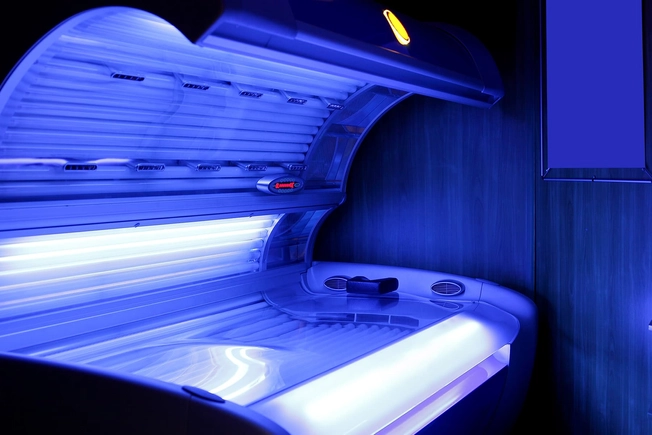
Prevention: Avoid Tanning Beds
They bombard your skin with the same rays as those from the sun that cause wrinkles: ultraviolet (UV). This can also cause you to develop cancer. You’re almost 60% more likely to get melanoma, a serious form of skin cancer, if you use tanning beds before age 35. And the risk goes up each time you do it. Think about self-tanning products instead. Most are safe. Just remember they typically don’t have sunscreen, so you’ll have to apply that separately.

Prevention: Sleep
It’s called "beauty sleep" for a reason: Cut it short on a regular basis and your skin can start to wrinkle and sag early. That’s partly because a lack of quality sleep makes your body release more of the stress hormone cortisol, which breaks down the collagen that keeps your skin springy. Try to get your nightly ZZZs on your back if you can: You could start to press lines and wrinkles into your face if you sleep on your side or stomach.
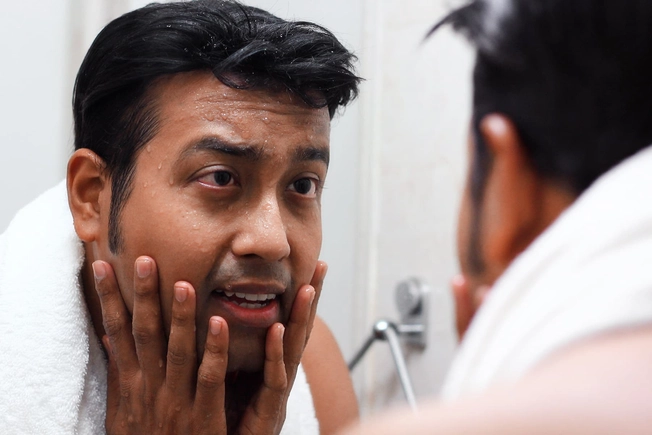
Prevention: Skin Care
Wash gently a couple of times a day and any time you sweat heavily. Hard scrubbing can irritate, especially areas like your face. Use a mild cleanser without alcohol or other things that could inflame, roughen, or dry out your skin. Use a cream twice a day to help seal in moisture. Stay out of the sun when its burning UVB rays are strongest (between 10 a.m. and 2 p.m.). If you do go out in the sun, cover up with hats, clothes, and sunglasses. Use “broad spectrum” sunscreen SPF 30 or more on exposed skin. Do this every day, even when it’s cloudy out.
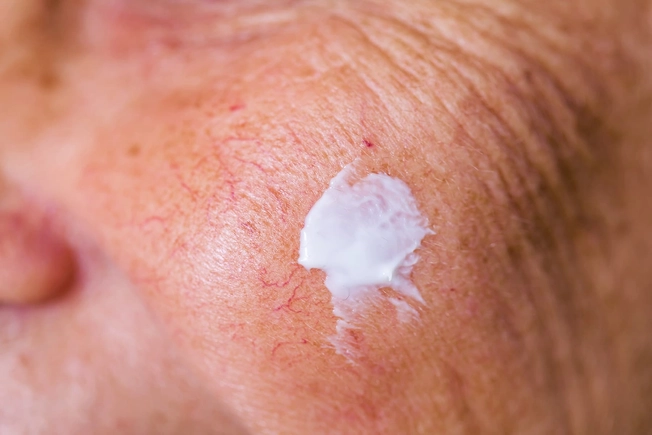
Treatment
Skin creams made from vitamin A, like tretinoin (Retin-A) seem to lessen fine wrinkles, discolored patches, and rough skin. But they make your skin burn more easily, so take steps to protect yourself. Your doctor can also resurface your skin with chemical peels, sanding (dermabrasion), or lasers. Other treatments include injecting wrinkles with filler to smooth them out, or a toxin (Botox, Dysport, Xeomin) to relax the muscles underneath.